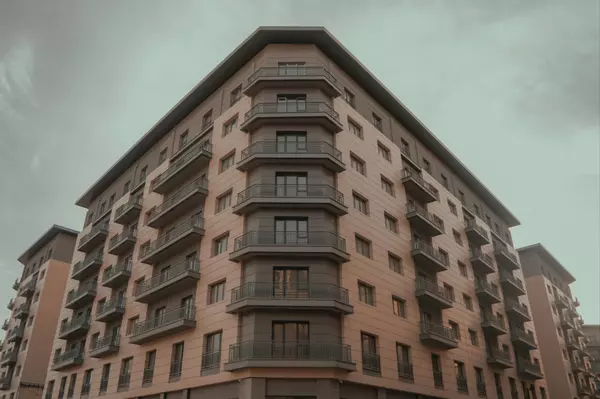What Every California Homeowner Should Know Before a Home Inspection

Before a buyer closes on a home in California, a licensed home inspector will perform a thorough inspection—sometimes on behalf of the buyer, sometimes as part of seller disclosure. Either way, it’s best to prepare your home in advance to avoid surprises, delays, or repair requests that could cost you more in the long run.
Here are the most important tips every California homeowner should know to prepare for a successful home inspection.
1. Follow the Rule of 200
According to recent data, every $200 spent on minor handyman projects can add up to $2,000 in increased purchase price. That’s a 10x return—and often one of the best ROI strategies before listing. Focus on repairs that are highly visible or likely to show up in inspection reports: leaky faucets, stuck windows, rotted trim, loose handrails, or cosmetic wall damage.
2. Secure the Water Heater
California state law requires that all water heaters be double strapped to prevent tipping in the event of an earthquake. This is one of the most common flags on inspection reports and can lead to lender issues or safety concerns. Check that your water heater has two properly installed seismic straps—one on the top third and one on the bottom third—secured to wall studs.
3. Check Your Smoke Detectors
California law mandates that all homes must have working smoke detectors in every bedroom, hallway, and on each level of the home. They must also be securely mounted and functional. Replace batteries if needed and test each unit before inspection day. Detectors over 10 years old should be replaced entirely.
4. Don’t Forget the CO Detector
Carbon monoxide detectors are required on every floor, typically in a hallway or living area near sleeping spaces. This is a must for homes with gas appliances, fireplaces, or attached garages. CO detectors must be plugged in or hardwired, not just sitting on a table.
5. Leave Access Clear
Inspectors need access to critical areas like the attic, electrical panel, water heater, furnace, and under sinks. Make sure these spaces are unobstructed and well-lit. If your attic access is in a closet, clear the space below it. If the panel is behind furniture, move it in advance.
6. Fix Small but Obvious Issues
Loose door handles, dripping faucets, cracked outlet covers, missing screens, or broken blinds can signal neglect—even if they’re minor. These are low-cost fixes that improve the overall impression of your home and reduce the buyer’s negotiation power.
7. Don’t Try to Hide Anything
It may be tempting to paint over water stains or patch problem areas, but that can backfire during inspection. Be honest and upfront about known issues and make repairs when possible. Transparency builds trust and can make the sale smoother.
8. Make It Inviting
While not a legal requirement, a clean, tidy home makes a better impression during the inspection. Vacuum, wipe counters, secure pets, and open blinds for natural light. Inspectors are human too—and presentation matters.
A Smooth Inspection Begins with Preparation
You don’t have to renovate your entire home to pass inspection. Focus on safety requirements, visible maintenance, and areas with legal compliance—like smoke detectors and water heater straps. A little preparation can prevent red flags and boost your home’s value.
Want help getting your home inspection-ready?
Team Hanna can connect you with trusted contractors, provide a pre-listing walkthrough, and help you focus your time and money where it counts. Reach out to us here and let’s make sure your home shines.
Categories
- All Blogs (127)
- Day and Weekend Trips: Quick Escapes From San Diego (8)
- San Diego East County (4)
- San Diego Legacy (1)
- San Diego Living (75)
- San Diego Neighborhoods (33)
- Things to do in San Diego (65)
- Tips for home buyers (17)
- Tips for home sellers (23)
- Tips for real estate investors (17)
- Veteran Resources (2)
Recent Posts










GET MORE INFORMATION

Real Estate Professional | License ID: 02096870
+1(619) 433-4103 | reception@hannabedersonhomes.com
